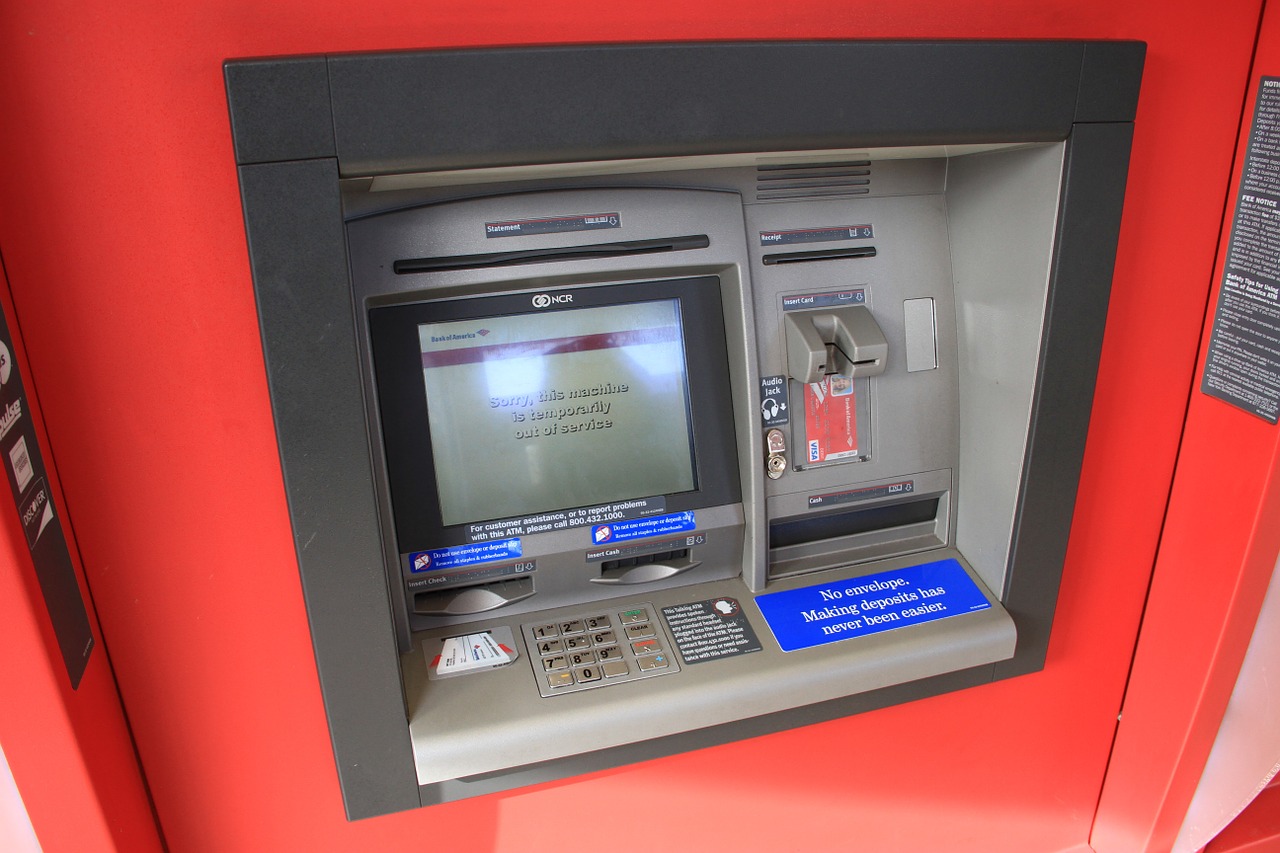Data breaches, information security, and “cybersecurity” grab the headlines, but bank security officers are still acutely aware of evolving physical security risks–even if the bank board of directors or property managers are not. And one of the most troubling areas for physical security is ATMs. Since regulatory requirements under the security-focused Bank Protection Act totally ignore the existence of ATMs, it’s easy to overlook them. That’s a huge liability.
The Increasing Risk Posed To Bank Security by Unsecured ATMs
In 1991–when the Bank Protection Act (BPA) was last revised–there were just 80,000 ATMs in the United States. Today, there are at least half a million ATMs in operation in the U.S. Three-quarters of all bank withdrawals are made using an ATM. The average ATM withdrawal is $60 to $100, with most ATM users hitting the cash machine roughly twice per week–machines that, for practical purposes, are usually located in unsecured vestibules, or entirely outside the building. In other words, in hundreds of thousands of locations across the country, at all hours of the day and night, average citizens walk up to a wall-mounted terminal, punch in some numbers, and walk away with a fistful of $20s.

This is obviously an attractive target for thieves, especially as banks have increasingly installed in-bank bandit barriers over the last two decades. In the last 20 years bank robberies have decreased across the board: In 1993 the average bank robber could expect to net a few thousand dollars (upwards of $5,000, when adjusted for inflation)–subsequently, there were nearly 10,000 bank robberies annually, resulting in more than 150 injuries and deaths. Today, thanks to improved security and money-handling policies, a bank robber can expect to steal only about $1,000. There were fewer than half as many bank robberies (and robbery-associated injuries, deaths, and hostages) in 2014 as there were in 1993.
Meanwhile, as the number of ATMs has exploded, a whole new species of ATM-focused crimes has evolved. According to Doug Johnson, American Bankers Association’s Senior vice president and senior advisor on risk management policy, this is the reason that ATM physical security has become a primary concern for bank security managers across the United States.
Closing the ATM Loophole with Conventional Bulletproof Vestibules
ATM robberies aren’t limited to violent muggings–although these are by far the most terrifying. From a losses standpoint, the bigger issue is fraud. An example of this is “skimmers”–electronic devices attached to the face of an ATM, allowing criminals to steal banking information while unsuspecting customers complete their transactions. For low-tech gangs, there is a simple brute force: Teams of beefy criminals uproot a free-standing ATM, haul the entire machine away, and crack it open later. The US currently leads the world in losses resulting from insecure ATM locations.
According to Jim Richards, Total Security Solutions CEO: “The bulletproof vestibule system is a good all-around solution here. We do these for schools quite regularly. In that case, you have bulletproof doors with electric strikes controlled by the receptionist. She checks visitors in through a bullet resistant transaction window in the vestibule, and only buzzes people through after they’re approved. With a bank ATM vestibule, the outer glass and doors are replaced with bullet-resistant transparency and framing. The electric strike is computer-controlled, and connected to a card swipe. Customers swipe their ATM card to gain access, and then the door latches behind them–just like any other security door. These are really easy retrofits for situations where the ATM is installed in the bank vestibule or outer lobby, but the same idea works with exterior-wall ATMs: You build a bulletproof glass curtain wall around an exterior wall-mounted ATM, with the same sort of card-swipe entry system. What’s key is that this solves both the skimmer/fraud/vandalism problem, as well as protecting customers.”
NEXT STEPS:
- Read additional blogs about bank security and safety
- Connect with us on Linkedin, Facebook, and Twitter
- Sign up for our newsletter to stay up to date with bulletproof glass security
Photo courtesy of www.pixabay.com.

